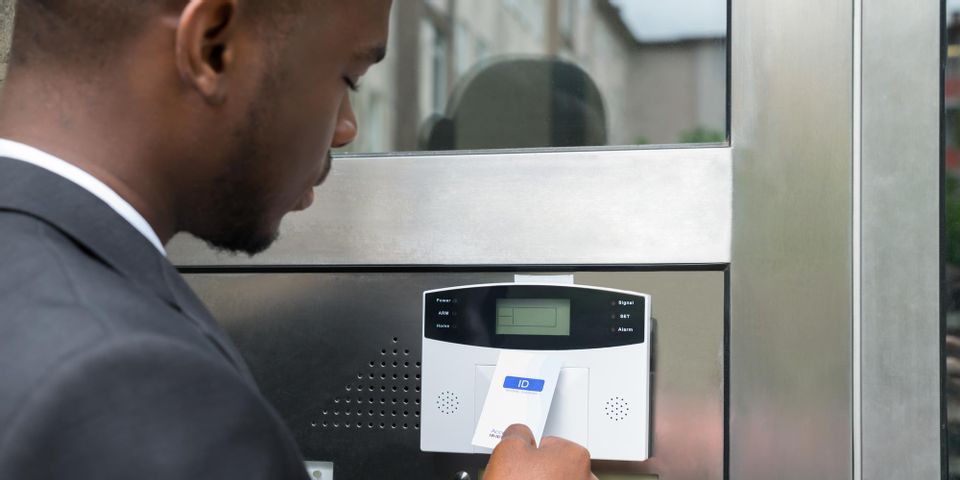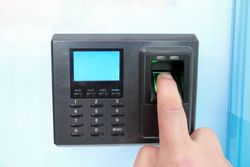
Whether you manage a small business or a mega-corporation, your company may need to improve security. Although there are a variety of ways to make your company safer, access control systems are useful in many different regards. Learn more about the benefits of this security measure and how its various types can help your business below.
What Is Access Control?
In the fields of information security and physical security, access control systems offer selective restriction to places or resources. Permission to enter requires authorization, which comes in the form of locks and login credentials. This provides quick, convenient access to rooms or buildings for some people, such as employees, while restricting it to others.
How Should You Use This System in Your Business?
Know Who’s Entering & Exiting Your Building
Access control systems are incredibly useful security instruments because they know the exact time of day employees and visitors enter and exit the establishment. This can help business owners track employee hours or determine whether all individuals have left the building before the end of the day.
Prevent Data Breaches
 Businesses that have access control systems can allow or disallow employees with a few keystrokes. Instead of making new keys or adding security clearance, you can easily change when and how someone enters a building, which makes it less likely that outsiders will enter a room with confidential information.
Businesses that have access control systems can allow or disallow employees with a few keystrokes. Instead of making new keys or adding security clearance, you can easily change when and how someone enters a building, which makes it less likely that outsiders will enter a room with confidential information.
What Are the Different Types?
-
Discretionary: A default option for most access control systems, discretionary allows business owners full control and customization over who can enter or exit a building.
-
Mandatory: Mandatory access control is the strongest security option, so it's typically limited to government or military locations. With this system, users can’t change permits unless they speak to the company that set it up.
-
Role-Based: This option is commonly used because it restricts authorization based on a group's or individual's role within an organization. For example, you can allow a manager to open a specific door that lower-level employees can’t.
-
Rule-Based: Rule-based is used as an add-on to role-based access control, as it has the extra step of implementing a rule for entry. For example, access may be cut off on certain days or times.
-
Attribute-Based: With a more complex upgrade to rule-based, this option manages authorization by evaluating a set of policies or rules placed on the user. For example, there might be an area that can only be accessed by one manager instead of all managers, despite them having the same job title.
If you’re ready to upgrade your security with an access control system, contact OhmComm, Inc. in Philadelphia, PA. For over 20 years, this company has offered a variety of IT and security solutions to clients throughout the Mid Atlantic Region. Their team can outfit any facility with wireless internet, HIPPA compliances, and VoIP phones. Call today at (215) 467-1444 to schedule a consultation, or visit their website for more information on their work and abilities.
About the Business
Have a question? Ask the experts!
Send your question

